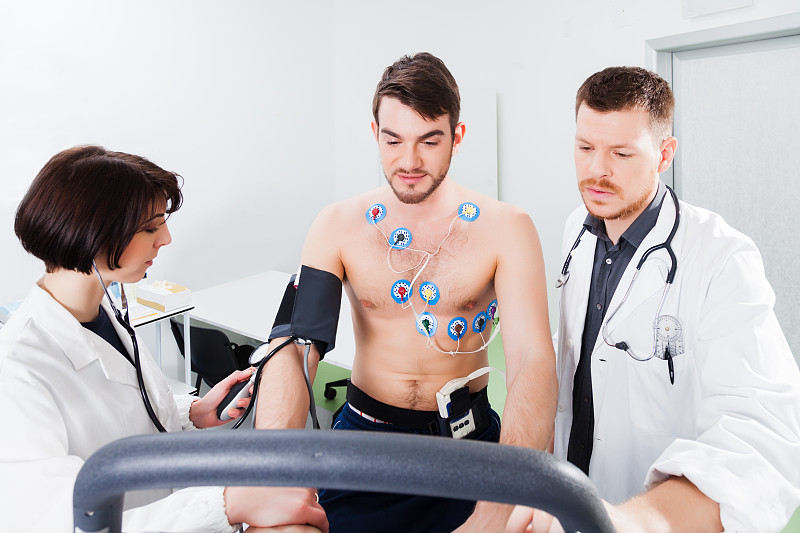Exercise Stress Echocardiography
Exercise Stress Echocardiography | Hong Kong Asia Heart Centre
This test helps doctors:
- Determine the tolerance of the exercise in cardiac rehabilitation
- Determine the effectiveness of different treatments such as angioplasty, and anti-anginal or antiarrhythmic medications
Suitability:
- Basically this test is suitable for everyone, but if the patient has mobility difficulties, this test will not be applicable
- People who have experienced chest pain, sudden dizziness or even temporary loss of consciousness during exercise
Proccess:
- Your doctor will perform a pre-exercise imaging with the echocardiography machine.
- You will be asked to walk on a motor driven treadmill with progressively increased speed and incline until you achieve a target heart rate (according to your age and medical condition), or develop significant electrocardiogram changes, symptoms or signs.
- Right after exercise, you will be asked to quickly lie on a stretcher, so that your doctor can acquire the necessary post-exercise images.
- Your doctor and nurse will closely monitor your ECG and blood pressure during the investigation.
- After the test, you will be monitored for 15 to 20 minutes. You need to stay in the test area before your blood pressure and the heart rate return to normal level.
Benefits:
This non-invasive procedure can discover the deadly disease, under medical staff monitoring with sufficient medical equipment.
Risks:
Although the procedure carries certain risks, but it helps the patient to prevent coronary heart disease, since patient may not have symptoms at rest.
This test helps doctors:
- Determine the tolerance of the exercise in cardiac rehabilitation
- Determine the effectiveness of different treatments such as angioplasty, and anti-anginal or antiarrhythmic medications
Suitability:
- Basically this test is suitable for everyone, but if the patient has mobility difficulties, this test will not be applicable
- People who have experienced chest pain, sudden dizziness or even temporary loss of consciousness during exercise
Proccess:
- Your doctor will perform a pre-exercise imaging with the echocardiography machine.
- You will be asked to walk on a motor driven treadmill with progressively increased speed and incline until you achieve a target heart rate (according to your age and medical condition), or develop significant electrocardiogram changes, symptoms or signs.
- Right after exercise, you will be asked to quickly lie on a stretcher, so that your doctor can acquire the necessary post-exercise images.
- Your doctor and nurse will closely monitor your ECG and blood pressure during the investigation.
- After the test, you will be monitored for 15 to 20 minutes. You need to stay in the test area before your blood pressure and the heart rate return to normal level.
Benefits:
This non-invasive procedure can discover the deadly disease, under medical staff monitoring with sufficient medical equipment.
Risks:
Although the procedure carries certain risks, but it helps the patient to prevent coronary heart disease, since patient may not have symptoms at rest.
Share


